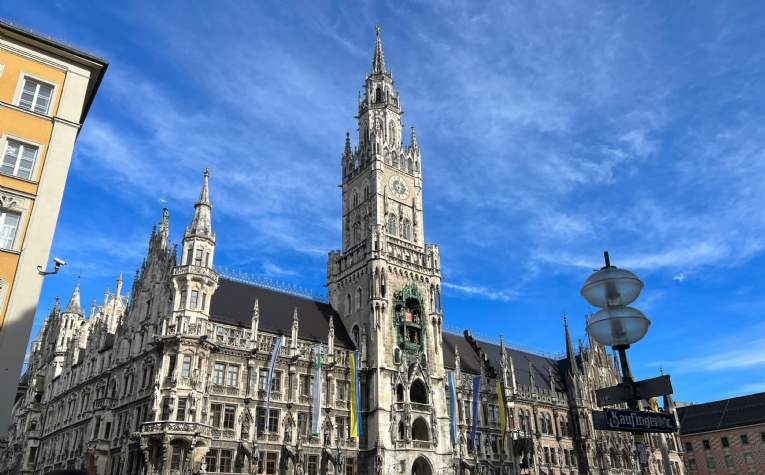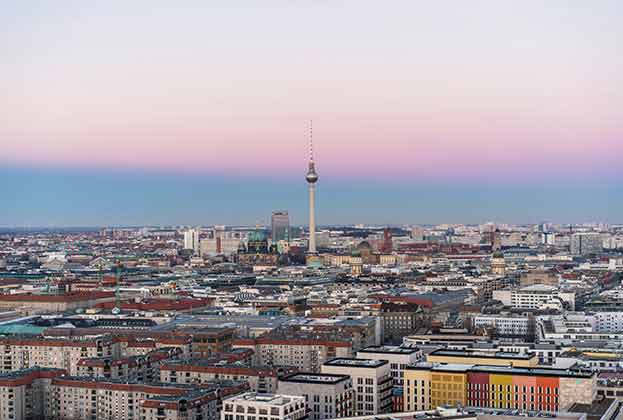Looking purely at the numbers, you may argue not: H1 2024 European investment volumes reached €73 billion, 1% below H1 2023. The picture painted by today’s data remains broadly the same: the last couple of months have been largely flat, and we anticipate that the Q3 stats, due for release imminently, won’t show much pick-up. However, as we know, the numbers do lag the market and, while we expect July and August to show one of the deepest of summer lulls in activity we’ve seen in quite some time, several key deals in September, plus a number of positive indicators, seem to be coalescing and point to a stronger Q4.
There may be an autumnal chill in the air, but in the final quarter of 2024 the European real estate markets are finally warming up after a decidedly tepid year for investment volumes to date. So are we on course for an hot streak of activity in the final months of 2024?
Activity spreading outwards from UK
Across Europe, we saw a rise in the number of inspections and underbidders for assets in core locations from early August onwards, but the numbers of buyers and sellers actively in the market are now really starting to pick up pace. When it comes to cross-border investors, we saw them back in the UK first, driven by July’s general election outcome providing some much needed stability, the August rate cut by the Bank of England, and the gap between buyer-seller pricing expectations closing more quickly than in some other jurisdictions.
CEE and southern markets recovering faster than core Eurozone
But investors are also starting to move in other markets, especially as more assets are being openly marketed and pricing has risen off the bottom. When it comes to where, in previous cycles, typically we’ve seen core Eurozone markets (Germany, France) recover first, followed by the periphery, however, this time the speed of recovery has been faster elsewhere. So far, Central Eastern European (CEE) and southern European markets have recovered more quickly, with volumes up 64% and 11% year-on-year respectively to the end of H1, due to more resilient economic growth performance and yields adjusting from a higher base. These markets have continued to demonstrate their attractiveness, with deals including Lisbon-based alternative asset manager Alea Capital Partners selling two student housing schemes in Portugal to Stoneshield Capital, and Amancio Ortega of Inditex swiftly deploying capital from Pontegadea into a number of different logistics assets; most notably a portfolio of four assets in Italy from Segro for €327 million. Blackstone is also embracing la dolce vita with its purchase of €74 million prime Italian logistics assets from AXA IM Alts.
Rate cuts provide another confidence boost
The European Central Bank’s rate cut on 12 September provided another boost to sentiment for those buying in the Eurozone, we’re expecting activity to spread to Germany, France, and other northern European markets, as buyers’ and sellers’ expectations converge there too. We’re tracking a number of private German and Israeli investors, as well as French and Spanish investment managers as active cash buyers for office assets across western Europe, where they’re likely to be soon joined by US private equity, which is already bidding on and buying offices in London and Dublin with a view to harnessing potential rental growth and yield decompression in the sector.
I wrote back in February not to underestimate the speed of the recovery: “When things change they change fast […] As soon as a critical mass of deals takes place, a snowball effect can take hold with more and more buyers coming back to the market.” That metaphorical snowball is very clearly gathering momentum, but it’s looking like it’ll be the only thing that stays cool in the European market, as things are hotting up.






.jpg)
.jpg)


.jpg)